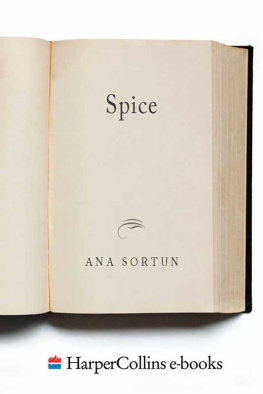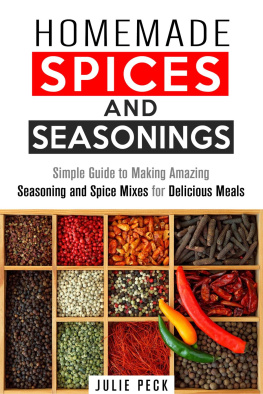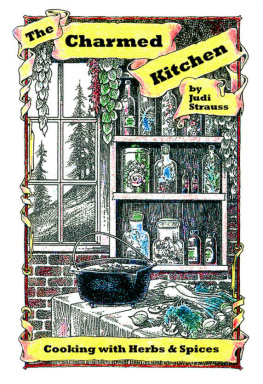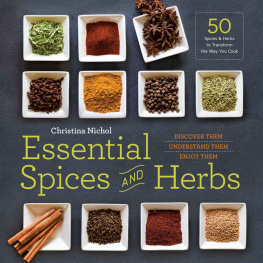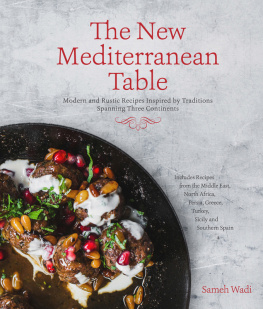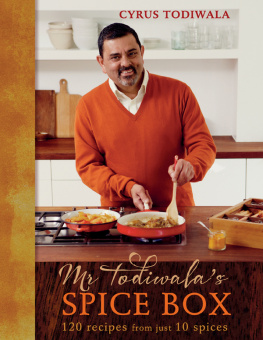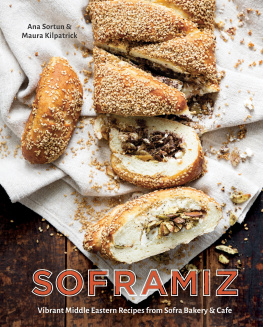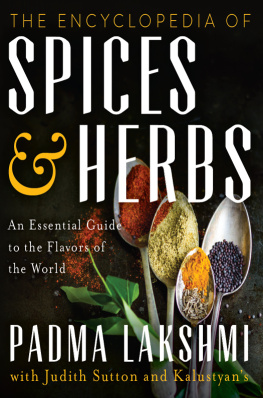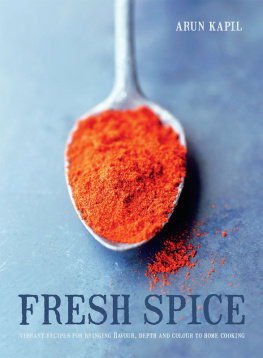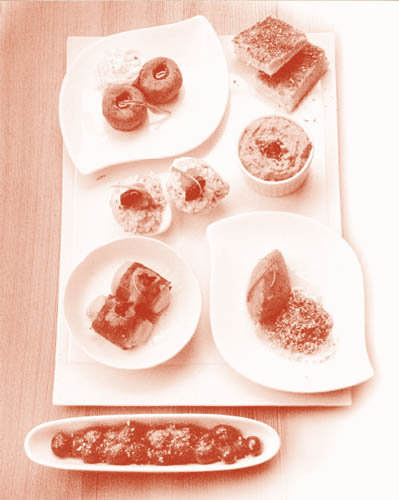Chaison Nicole - Spice: Flavors of the Eastern Mediterranean
Here you can read online Chaison Nicole - Spice: Flavors of the Eastern Mediterranean full text of the book (entire story) in english for free. Download pdf and epub, get meaning, cover and reviews about this ebook. City: New York, year: 2006, publisher: ReganBooks,William Morrow Cookbooks, HarperCollins, genre: Home and family. Description of the work, (preface) as well as reviews are available. Best literature library LitArk.com created for fans of good reading and offers a wide selection of genres:
Romance novel
Science fiction
Adventure
Detective
Science
History
Home and family
Prose
Art
Politics
Computer
Non-fiction
Religion
Business
Children
Humor
Choose a favorite category and find really read worthwhile books. Enjoy immersion in the world of imagination, feel the emotions of the characters or learn something new for yourself, make an fascinating discovery.
- Book:Spice: Flavors of the Eastern Mediterranean
- Author:
- Publisher:ReganBooks,William Morrow Cookbooks, HarperCollins
- Genre:
- Year:2006
- City:New York
- Rating:4 / 5
- Favourites:Add to favourites
- Your mark:
Spice: Flavors of the Eastern Mediterranean: summary, description and annotation
We offer to read an annotation, description, summary or preface (depends on what the author of the book "Spice: Flavors of the Eastern Mediterranean" wrote himself). If you haven't found the necessary information about the book — write in the comments, we will try to find it.
On a trip to Turkey as a young woman, chef Ana Sortun fell in love with the food and learned the traditions of Turkish cooking from local women. Inspired beyond measure, Sortun opened her own restaurant in Cambridge, Massachusetts, the award-winning Oleana, where she creates her own interpretations of dishes incorporating the incredible array of delicious spices and herbs used in eastern regions of the Mediterranean.
In this gorgeously photographed book, Sortun shows readers how to use this philosophy of spice to create wonderful dishes in their own homes. She reveals how the artful use of spices and herbs rather than fat and cream is key to the full, rich flavors of Mediterranean cuisine -- and the way it leaves you feeling satisfied afterward. The book is organized by spice, detailing the ways certain spices complement one another and how they flavor other foods and creating in home cooks a kind of sense-memory that allows for a more intuitive use of spice in their own dishes. The more than one hundred tantalizing spice categories and recipes include:
- Beef Shish Kabobs with Sumac Onions and Parsley Butter
- Chickpea and Potato Terrine Stuffed with Pine Nuts, Spinach, Onion, and Tahini
- Crispy Lemon Chicken with Zaatar
- Golden Gazpacho with Condiments
- Fried Haloumi Cheese with Pear and Spiced Dates
Absolutely alive with spices and herbs, Ana Sortuns recipes will intrigue and inspire readers everywhere.
Chaison Nicole: author's other books
Who wrote Spice: Flavors of the Eastern Mediterranean? Find out the surname, the name of the author of the book and a list of all author's works by series.

